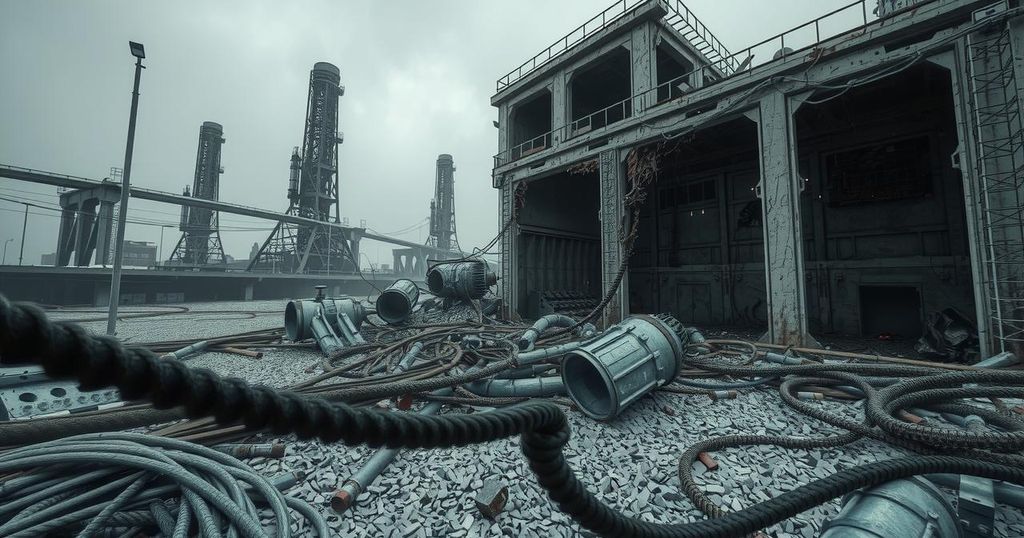CIA Chief Reports Major Setback in Iran’s Nuclear Program

- CIA Director John Ratcliffe reported significant setbacks to Iran’s nuclear program.
- U.S. strikes destroyed Iran’s only metal conversion facility, delaying nuclear ambitions.
- IAEA’s Grossi indicates that some Iranian capabilities remain intact despite damage.
Ratcliffe Provides Intelligence Assessment on Iranian Facilities
U.S. lawmakers have received significant updates from CIA Director John Ratcliffe regarding the recent military operations against Iran. During a classified briefing, Ratcliffe asserted that the destruction of Iran’s only metal conversion facility caused a substantial delay in the country’s nuclear ambitions. This information, provided by a U.S. official, suggests that the impact of such military strikes could set back Tehran’s nuclear program by several years, raising important questions about future developments in the region.
Iran’s Nuclear Progress Stalled for Years
Furthermore, the CIA’s assessment indicates that while much of Iran’s enriched uranium stocks remain intact, buried within facilities like Isfahan and Fordo, the absence of the metal conversion capability severely undermines Tehran’s ability to create nuclear weapons efficiently for the foreseeable future. CIA Director Ratcliffe highlighted during the briefing that the strikes were extraordinarily effective. President Trump, in a subsequent interview, echoed this sentiment, proclaiming Iran’s nuclear ambitions to be effectively “obliterated” at least temporarily, reinforcing the urgency of development in diplomacy surrounding Iran’s nuclear policy.
Ongoing Threat and Diplomatic Necessity
In light of these developments, International Atomic Energy Agency (IAEA) Director General Rafael Grossi conveyed a more cautious perspective on CBS’s “Face the Nation”. He noted that even with significant damage inflicted upon these sites, some capabilities remain intact, leaving the door open for Iran to potentially resume its nuclear activities. The need for on-ground inspections remains critical to evaluate the actual extent of the damage. Moreover, Israeli officials also reported that their mutual assessment aligns with the notion that while Iran’s short-term nuclear capabilities are hindered, long-term remediation is still feasible if diplomatic channels do not move forward.
In summary, recent military strikes have reportedly inflicted substantial damage on Iran’s nuclear infrastructure, primarily by targeting its metal conversion facility. While the CIA and the Israeli military assess that Iran’s nuclear program faces significant hurdles and could be delayed for years, the reality of Iran retaining some capabilities underscores the necessity of international diplomacy to address and mitigate potential future threats. As the situation evolves, continued scrutiny and strategic planning will be essential for the U.S. and its allies in addressing Iran’s nuclear ambitions.







